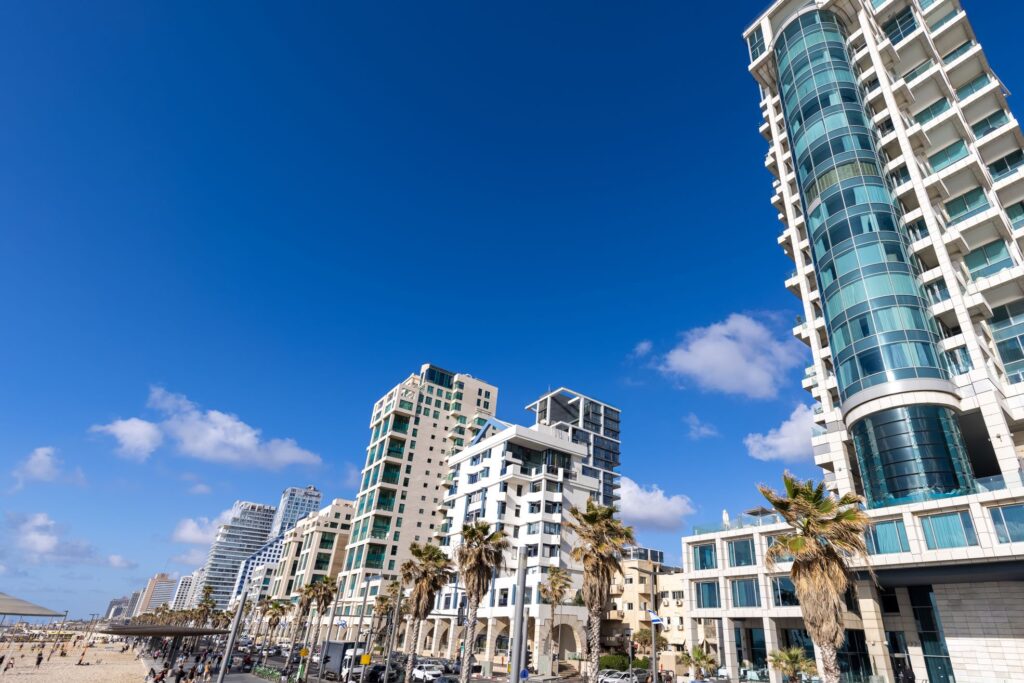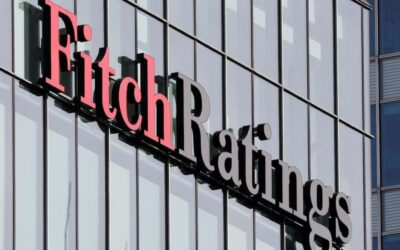The property market in Israel is showing signs of cooling as demand continues to decrease. According to data from the Bank of Israel published yesterday, the total amount of mortgages taken out by the public in April was NIS 4.612 billion, down 32% from the previous month and 57% from last April’s high of NIS 10.84 billion.
The recent decline in the number of mortgages is noteworthy, as it represents a substantial reduction from the peak of NIS 13.4 billion in March 2022. The property market is decelerating, and prices are likely to decline soon based on comparative statistics. This notion is primarily based on latest data that shows a decline in purchasing power within the real estate market.

Analysing the corresponding data for the first four months of the year, we can see that the public took out NIS 23.4 billion as of the end of April, which is a 48% decrease compared to the same period last year. It has to be pointed out that 2022 was a record year when consumers received NIS 117.6 billion in mortgages.
The decrease in mortgage borrowing is primarily due to the sharp increase in interest rates implemented by the Bank of Israel exactly twelve months ago, which has continued since then. Last month, the Bank of Israel announced an interest rate increase for the ninth time in a row, to 4.5%. The Association of Mortgage Consultants reports that the monthly payment for a 1 million shekels mortgage, with 45% linked to the prime interest rate, has risen by more than NIS 1,000 following the recent interest rate hikes. This rise in borrowing costs will add approximately NIS 300,000 for consumers throughout the mortgage term.
Despite the challenging conditions, there is a silver lining. According to the latest figures published by the Central Bureau of Statistics today, the sales of new apartments in March 2023 increased by 10%. Furthermore, between January and March 2023, a similar number of new apartments, totalling 7,960 units, were sold compared to the corresponding period last year. However, it is worth noting that the spike in new apartment sales in March can be attributed to a substantial rise in the number of government-subsidized apartments sold.





0 Comments